-
Posts
100 -
Joined
-
Last visited
Content Type
Profiles
Blogs
Forums
Gallery
Pipeline Tools
3D Wiki
Plugin List
Store
Downloads
Posts posted by scifidesigner
-
-
Bump. Can anyone help please? Used GSG textures after a long time and faced the same issue.
0 -
-
In Redshift for Houdini, while rendering multiple cameras of the same project, Redshift optimizes the rendering multiple frames from different camera angles when the geometry position is similar.
For example, at frame 45 of camera A, 65 of camera B, 87 of camera C, the angle of a rotating box is 60 degrees, then redshift will render those frames one after another instead of completing the entire animation sequence of camera A, B and C one by one.
In Cinema4D, there's the system of takes. Now, the rendering happens camera by camera, take by take. Only when the rendering of one take completes, then another take starts. Is there a way to optimize rendering like Houdini where RS automatically detects the scenes in which the position of the geometry is similar, those takes are prioritized while doing batch camera renders?
0 -
Where is this plugin available?
0 -
Whenever I press the plus Greyscale Gorilla library icon for accessing the library of materials, HDRIs, gobos, etc, the textures load with names flickering quickly in the bottom status bar and I have to wait till the loading gets finished. Is there a way to load the library faster? My laptop specs are
12th gen intel core -i7
64GB RAM
Nvidia GeForce RTX 4060 - 8GB
Samsung 980 PRO 1TB SSDEarlier I was using C4D 26 on a laptop much weaker than this one (8th gen i7, 16GB RAM, Nvidia GeForce 1050Ti - 4GB) and the library used to open instantly.
 0
0 -
On 6/12/2023 at 2:29 PM, Jeff H1 said:
You're fooling yourself if you think Maya isn't adding polygons when you toggle Smooth Mesh preview. Quick way to show yourself is: 1: Add a box. 2. Ensure Display > Heads Up Display > Poly Count (or whatever it is now) is turned on. This shows verts, edges, faces counts in the viewport. First row is total counts, middle row is for selected objects. 3. Toggle Smooth Mesh Preview and watch the numbers change.
Thanks a lot. Really really appreciate. I needed this reality check. I didn't know this at all. I feel quite relieved now.
All this time I was foolishly thinking that Maya is superior in terms of fluidic subd modeling in comparison to C4D but I was quite wrong. I will drop learning Maya now and go full blast on C4D for fluidic subd modeling.
Being a noob to the world of poly modeling, I have been exploring various poly modeling software since 2021 and it has been really difficult to pick just one considering the fact that every software has its quirks and strengths. For solid modeling, I'll go for C4D now and maybe Blender later because its plugin development for hard surface modeling is quite rapid.
Minimizing learning various software and keeping the project pipeline simple is what I've been striving for. I'm glad that I will not have any FOMO of skipping Maya.
 0
0 -
On 6/12/2023 at 1:41 PM, Mash said:
Ok, maybe lets get to the root of the issue. What makes you think Maya isn't subdividing the mesh to get the smooth result? I've got £5 here which says Maya is 100% subdividing the mesh exactly as C4D is. In fact you're probably pressing a shortcut called SDS...... SubDivision Surface....
Exactly. You are right. I was a fool all this while. Maya did things under the hood while C4D kept it all in the open that blinded me from the reality.
0 -
I want a setting in which the cube shows up exactly like the way you are showing without subdividing like Maya allows. In Maya, one does not have to subdivide the cube. It is just the display setting that allows smooth subd style editing of the geometry without actually increasing the polygon count of the model.
I tried your steps. Still not able to achieve that. Let me know where I am going wrong. Here's another screen recordings showing my steps.
l
Forgot to switch on isoparms in my previous attempt. Did it and now I'm not able to select the smooth curvy edges of the cube.
Here's a screenrecording I made showing my desired goal. Maya allows this type of editing without increasing the poly count.
0 -
Alright. Made some progress on this after a long gap. I gave up trying after not getting replies here, started dabbling in Houdini for months, but today I tried it again to get back to this and I am learning now.
See, my requirement is that I don't want to subdivide the cube and want to keep it low poly AND still get smooth curvy output like Maya gives its users (as shown in the YouTube video shared in the original post). It is not possible for C4D to do that I guess? I removed the cube from the subdivision modifier and it had sharp edges and flat surfaces unlike Maya where it allows the users to have smooth subd like geometry preview without actually dividing the geometry.
I recorded this short clip showing what I experience.
0 -
Actually I'm not really concerned about the screen. I have a 2560x1080 monitor at home. I'm very concerned about durability and performance.
Here are some more models that I'm considering.
ASUS ROG Strix G16 (2023) Gaming Laptop, 16” 16:10 FHD 165Hz, GeForce RTX 4070, Intel Core i9-13980HX, 16GB DDR5, 1TB PCIe SSD, Wi-Fi 6E, Windows 11, G614JI-AS94
https://a.co/d/74ADVlj
ROG Strix G18 (2023)
G814JZ-N6035X
NVIDIA® GeForce RTX™ 4080 Laptop GPU
Windows 11 Pro
13th Gen Intel® Core™ i9-13980HX
ROG Nebula Display
18 inch, QHD+ 16:10 (2560 x 1600, WQXGA), Refresh Rate:240Hz
2TB PCIe® 4.0 NVMe™ M.2 SSDROG Zephyrus G14 (2023)
GA402NV-0005
NVIDIA® GeForce RTX™ 4060 Laptop GPU
Windows 11 Pro
AMD Ryzen™ 7 7735HS
ROG Nebula Display
14 inch, QHD+ 16:10 (2560 x 1600, WQXGA), Refresh Rate:165Hz
1TB PCIe® 4.0 NVMe™ M.2 SSDAre MSI laptops durable and well respected in the motion design art circuit?
0 -
Thanks. I'll stick with Nvidia now. Shortlisting some other models as well that I will post soon.
Service centres of MSI in my city are quite bad. And I've had a bad experience with ASUS service centre. Although that was with an i3 laptop. However both of these companies are known to make good laptops.
0 -
On 2/23/2023 at 2:01 PM, HappyPolygon said:
The concept is common in all Windows apps.
Select your object and in Point/Edge/Polygon/Object mode:Ctrl+A = Select All elements
Ctrl+LMB on an element = deselect from selection
Shift+ LMB on an element = add to selection
You don't need to enable a selection tool to select elements. The Move tool is like the generic default selection tool (usually with a cursor icon in other apps like Photoshop). Selection tools like Live/Rectangle/Lass/Polygon and Ring/Loop etc are helpers for semi-manual selections.
Thanks a lot. I'll keep that in mind.
On 2/23/2023 at 6:08 PM, HappyPolygon said:What program did you us for the recording ? I like the way is shows what you press.
For showing mouse clicks and keystrokes, Carnac beta version (because it has the feature for mouse clicks)
https://github.com/Code52/carnac
Haven't updated in a long time.
For scree recording I am using OBS studio.
1 -
I am planning to buy a laptop. My budget is 1816 USD. It will be hard for me to go beyond that. I want to do VFX and motion graphics work in Houdini and Cinema4D. I cannot afford a PC right now as my lifestyle involves staying out of home and lot of commuting.
Currently I have shortlisted following laptops.
MSI Katana 15, Intel 12th Gen. i7-12650H, 40CM FHD 144Hz Gaming Laptop (16GB/1TB NVMe SSD/ Windows 11 Home/Nvidia GeForce RTX4060, 8GB GDDR6/Black/2.25Kg), B12VFK-299IN
INTEL PROCESSOR BENCHMARK SCORE- 24442
Nvidia GeForce RTX4060 has a benchmark score of 20275ASUS ROG Strix G15 Advantage Edition Ryzen 9 Octa Core AMD R9-5900HX - (16 GB/1 TB SSD/Windows 10 Home/12 GB Graphics/AMD Radeon RX 6800M) G513QY-HQ008TS Gaming Laptop (15.6 inch, Original Black, 2.50 kg, With MS Office)
RYZEN PROCESSOR BENCHMARK SCORE- 39264
Radeon RX 6800M has a score of 12,365Benchmark information source
https://www.cpubenchmark.net/high_end_cpus.html
https://www.videocardbenchmark.net/high_end_gpus.html
Please give suggestions.
I am a beginner in motion design. I am still in learning stage. The idea is to earn good amount of money with doing basic motion design works, build up a solid portfolio, then buy a PC later that I can use solely for rendering when I come home.
Sharing some artists profiles. I aspire to do the kind of commercial work that they are doing.
https://www.instagram.com/media.work/
https://www.instagram.com/markfancherfx/
https://www.instagram.com/gn.romain/
https://www.instagram.com/nickmedukha/
https://www.instagram.com/subframe_studio/https://www.instagram.com/thanu_lee/
0 -
How do I deselect faces using the selection tool?Select faces by selection tool and using the move tool to deselect feels counterintuitive.0
-
Select the object from the object manager then moving it is a part of how things C4D work. I know over a period of time I will get used to this. But is there any better way ? Here is a screen recording of what I face. I want to select directly on the object in order to select it.0
-
12 hours ago, bentraje said:
Ah yep. @bezowas right.
I totally misunderstood your question @scifidesigner my bad.I don't think you misunderstood. My requirement is still the same, keep the cube low poly and preview its smooth version without increasing the poly count. You made it clear that I will have to use a subdivision modifier, thereby increasing its poly count which @bezo also did. Although he is providing a better workaround that I am unable to figure out yet.
0 -
12 hours ago, bezo said:
Its isoline editing. (Alt+A)
conditions: - object under SDS
If you enable SDS cage option in Filter, you could see both at the same time
I don't understand your process entirely. I am getting this cube which is more oriented towards becoming a sphere but your cube looks so nice with a proper low poly subd vibe that Maya cube has. What are your subdivision settings? Can you please share you c4d file?
0 -
I see. What is the correct term for this technology/feature so that I can search for its presence in other modeling software and ask on respective forums.
0 -
In Maya, there's a toggle between smooth subd view and a sharp edged view by pressing 1,2 and 3 keys.Refer the above video till the first 30 seconds.It allows to keep the geometry low poly and at the same time allows the user to view its smooth curvy version. How can I do that in Cinema 4D? I currently use the subdivision modifier and toggle it on and off as a workaround.0
-
On 12/27/2022 at 2:42 PM, Fritz said:
The only way I know to bring everything together is alembic. Select the meshers you want to cache, right click, bake as alembic. An alembic object will show up that has the same geometry as the volume meshers. You can then deactivate and hide the original meshers. Since the effect has changing topology and likely a lot of it, just streaming the data from the alembic file can be a bit slow as well, bit should be fine. Depending on how you see it, an additional benefit might be the external alembic file, while the volume builder cache is part of the c4d file.
If I right click and choose bake as alembic, the export begins for the entire project's frame range. How can I choose a particular frame range for baking?
Will baking as alembic will export an external alembic file or will increase the filesize of the c4d file itself by embedding the cache?
0 -
On 12/27/2022 at 2:42 PM, Fritz said:
Volume workflows are very compute intensive (it's real 3D data that grows cubic instead of 2.5D surface data that grows quadratic) and a mobile CPU will be a painful experience with low voxel size. Most parts of the volume workflow scale very well with many CPU cores.
Caching and getting viewport feedback from the filecache in Houdini is quite efficient on this same machine. I haven't figured out the same workflow in C4D yet. I understand that having better hardware can make computationally intensive things easier to manage.
0 -
I downloaded this file from Helloluxx website to understand volume builder workflows. One thing I'm not quite able to figure out is caching of the animation to get faster feedback from the viewport. I'm making a comparison to Houdini here. In Houdini, just using one single filecache node right after the output does the job. Is there any way to use one single mograph cache tag to cache the entire animation sequence? I am currently using a mograph cache tag on cloner object which cached successfully. However, mograph cache tag on volume mesher didn't work and I used cache layer for volume builder instead.The tutor is able to get very fast feedback in the video but I face a lot of lag. I have i7-8750H, 16GB RAM
I downloaded the original file from here.
https://drive.google.com/uc?export=download&id=1eW0VBWcWHP_YsoJ2NcEkKCvyULOqJGDQ
This is the page where this drive link is given.
https://helloluxx.com/tutorial/formula-field-volumes-in-cinema-4d/
I removed the cache tag from cloner as the file size became very big. I also emptied the cache layers.
0 -
Thanks a lot. I am now able to deform the object using xpdeformer. However, the deformation scale is pretty large in my case unlike the video.
0 -


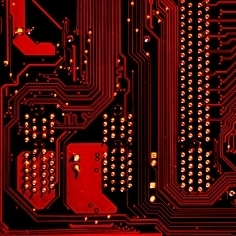
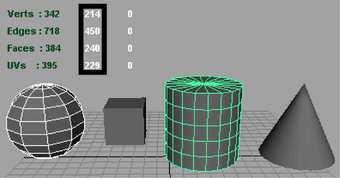
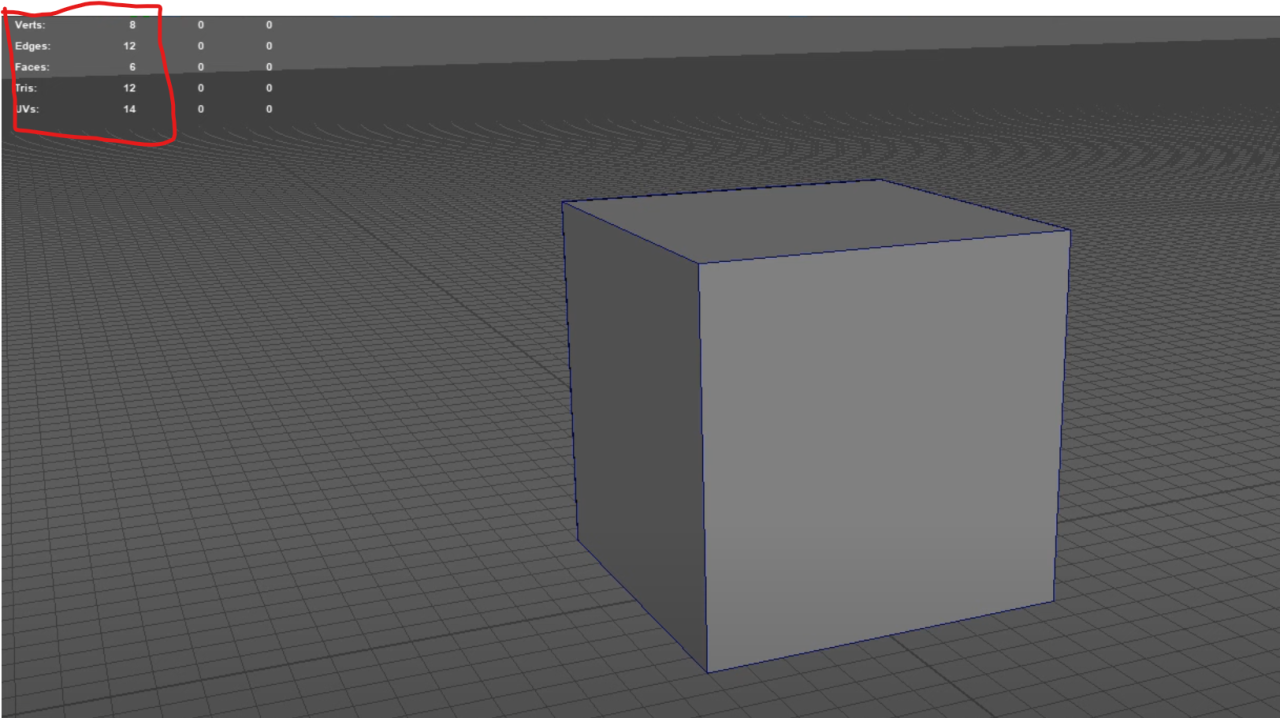
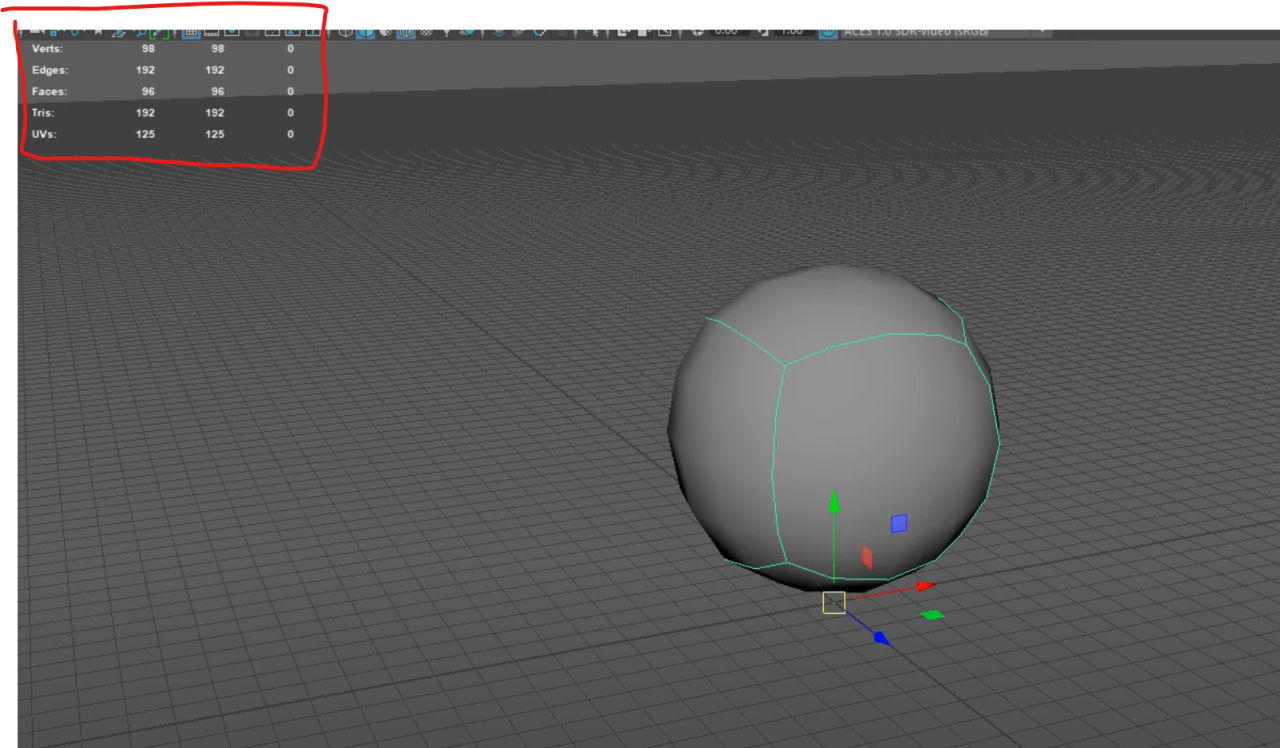
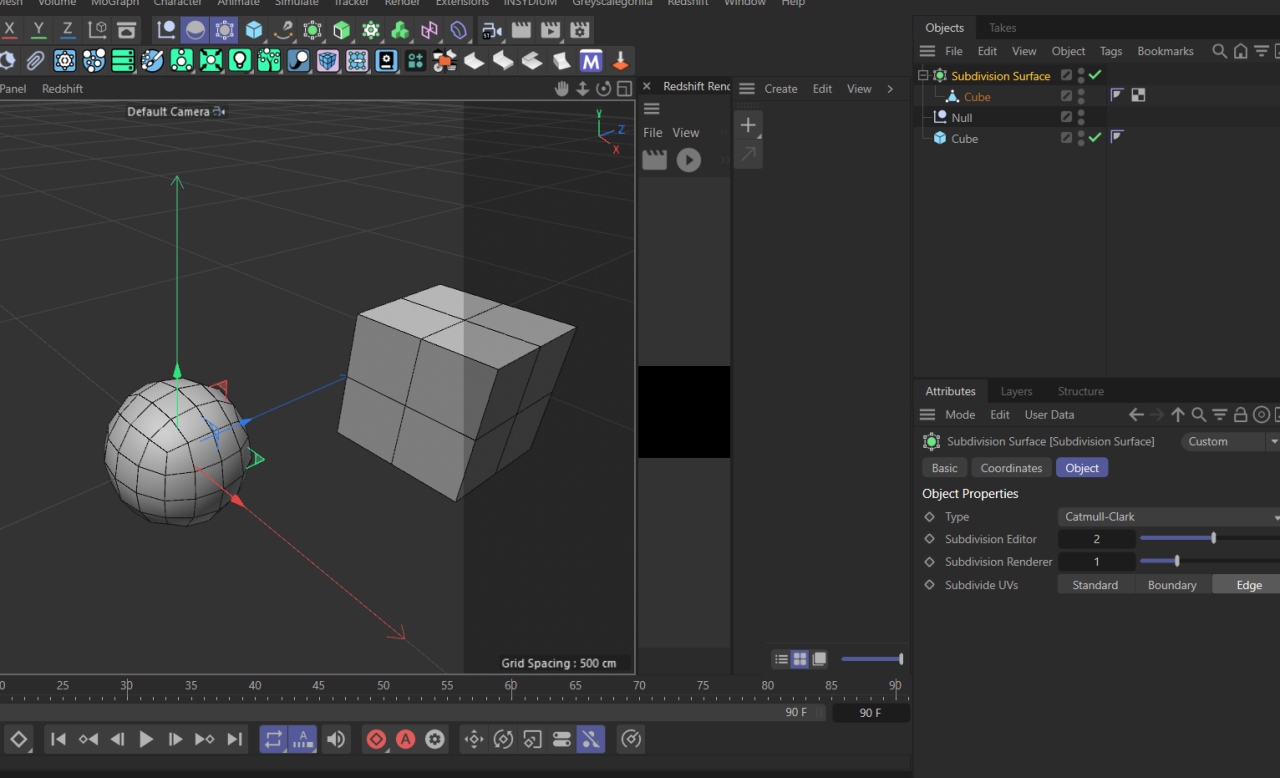

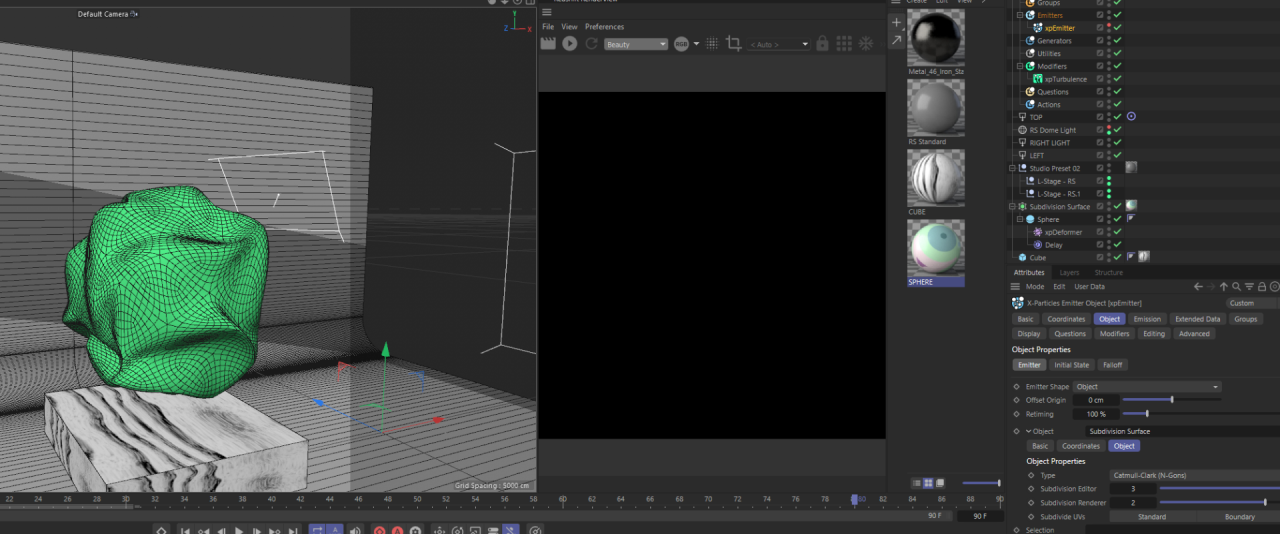
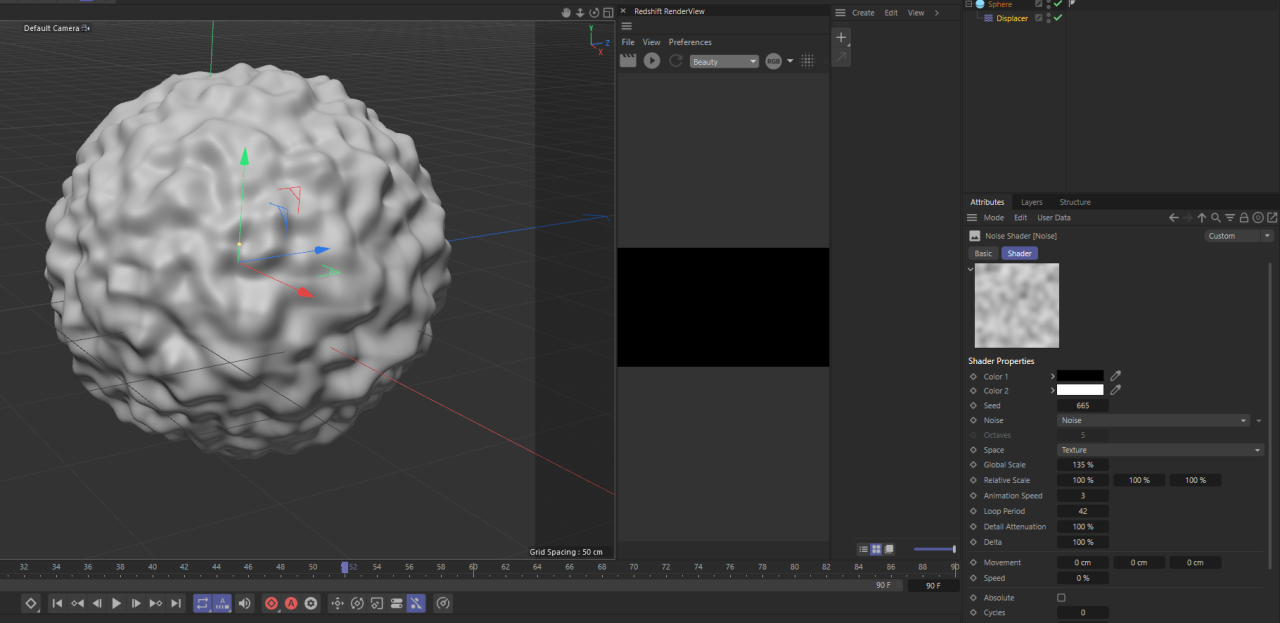
Faster loading of texture library?
in Cinema 4D
Posted
I guess the textures are in some custom GSG format that is only read through their asset browser. How to convert each of those into a c4d asset browser compatible version?